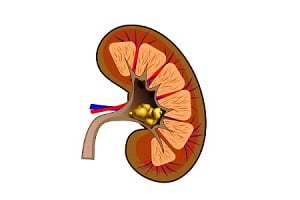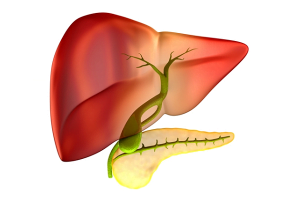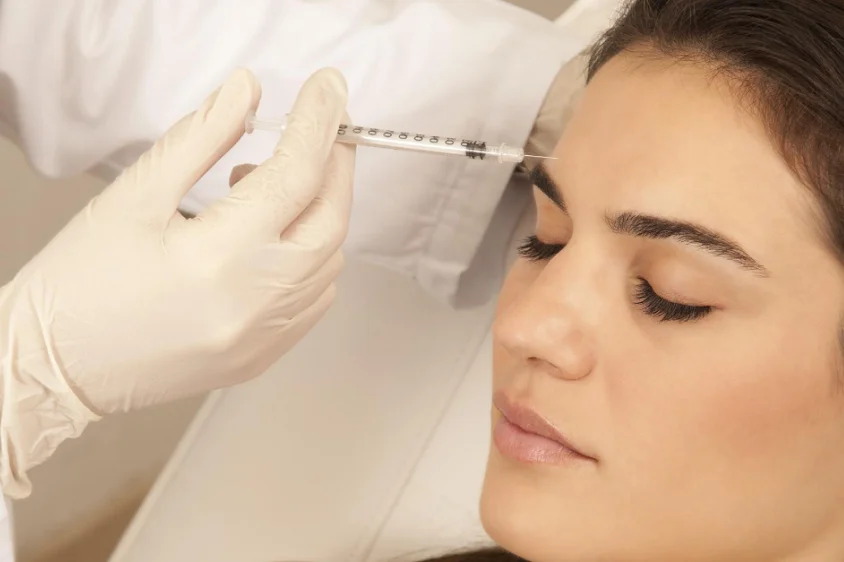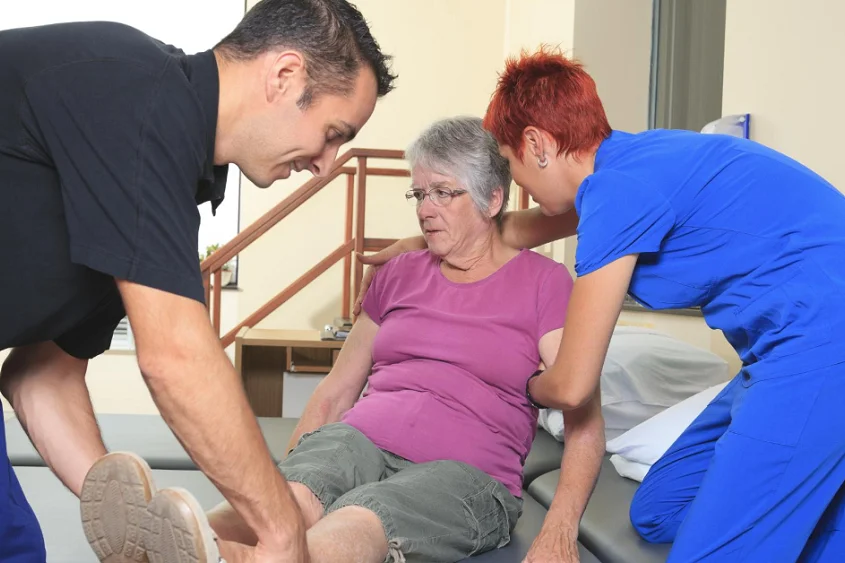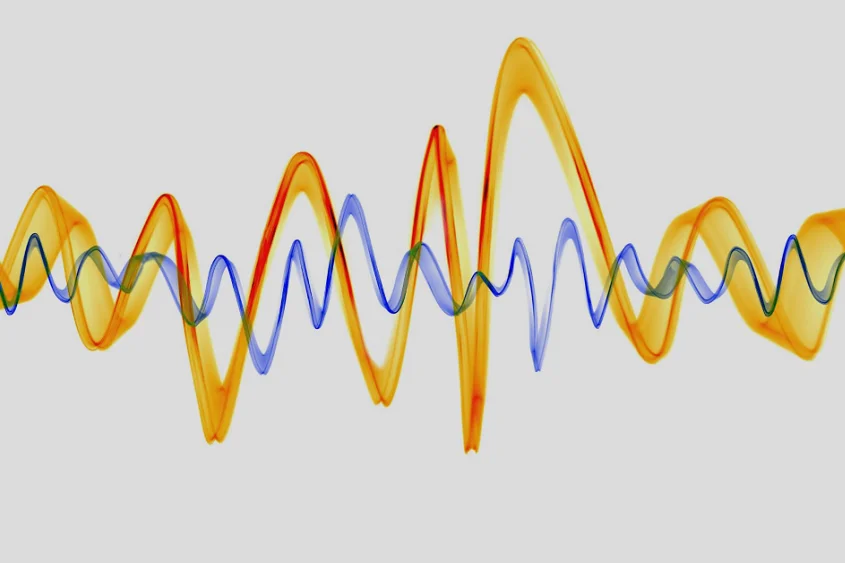
AUTHOR
Sarita Elizabeth Thomas, MS, Microbiology
With close to two decades of experience in research and scientific innovation, Elizabeth is a senior microbiologist who has put research ahead of the curve. In the past, she worked with Council for Scientific and Industrial Research (CSIR) - Unit for Research and Development of Information Products (URDIP), Chembiotek as Officer for Scientific Coordination, and with IPEngine as Senior Research Associate.
Currently, she is associated with Maxinov as a Researcher and also writes for DiseaseFix. Her areas of expertise include gene silencing, neglected diseases, and implantable medical devises.She completed her Masters in Microbiology from Pune University and P.G Diploma in IP from NALSAR University, Hyderabad.
Articles by Sarita Elizabeth Thomas, MS, Microbiology
Looking after yourself mentally and physically is really important, and there are a lot of ideas that you need to...
While Botox used to be reserved for people who wanted to look younger, this magic of medicine has evolved to...
The use of singing bowls (also called Tibetan or Himalayan bowls) has dated back centuries ago in meditation practice, healing...
Value-based care is reshaping the healthcare landscape, particularly within Medicare. This innovative approach shifts the emphasis from the volume of...
The consequences of neurological illnesses and injuries, such as those to the brain and spinal cord, on a person’s quality...
Rife therapy seems to be a viable route towards holistic fitness in areas in which complementary cures are getting more...
In the vast market of dietary supplements, discerning which products are beneficial for your health can be a daunting task....
Technology has become an invaluable tool for supporting our health and fitness goals. It is important to track workouts to...
Weight management is a common goal for all individuals. It is important to find the right fitness routine to achieve...
The mornings set the tone for your entire day. As we start our days with mornings, it can significantly impact...
More articles are loading
